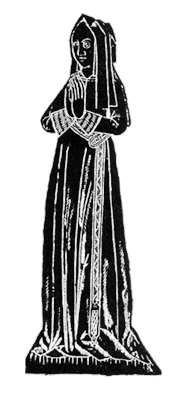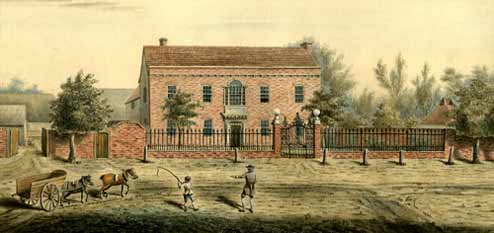

History

Docwra's Manor had a facade and wrought iron gates added in the
18th century to a building of which part may date from the 15th century
agricultural revival after the Black Death. The present kitchen wing
was originally a floored barn of three bays similar to the barn on the
Meldreth Road frontage. Both may have been used for storing wool.
The main body of the house is 17th century with alterations made in the
19th and 20th, succeeding the more mjor ones of the 18th. It was the
centre of a working farm until in 1919 the ownership of the land and
house was separated. The land was let by Cambridgeshire County Council
as smallholdings. When the council built new farmsteads in the 1960s,
the old barns were reunited with the Manor. Four houses were built for
letting and sale and the rest of the area redisigned as courtyard gardens.
In the Middle Ages Shepreth proved a good resting point for livestock
moving north over the bridge across the river Rhee, a southern tributary
of the Cam, to the Cambridge market. The name Shepreth means 'the brook
in which sheep are washed'. It is mentioned in the Doomsday Book. The
Manor, which also features in 11th century records, takes its names from
a family of Docker Hall in Kendall, Cumbria, which settled some of its
members near the lucrative wool trade of the Stourbridge Fair in Cambridge.
Their connections were mainly in Lilley, North Hertfordshire and in East
Hatley, Cambridgeshire, where the illustrated brass rubbing commemorates
one of them. In 1548 a John Docwra married into the family that owned
the Shepreth Manor, but this Docwra connection only lasted a few years
and there is no firm evidence of whether the name dates from this time.
My husband and I bought the house with 1.5 acres when we married in 1954;
another acre has been added since. John had had experience of college
gardening and a passionate interest in the wild British flora. I had
gardened on a roof in Mayfair and on a rocky prominence in a wild woodland
in the Highland Region of Scotland, where I still look after a large
rhododendron, tree and shrub collection.
See www.ardtornish.co.uk